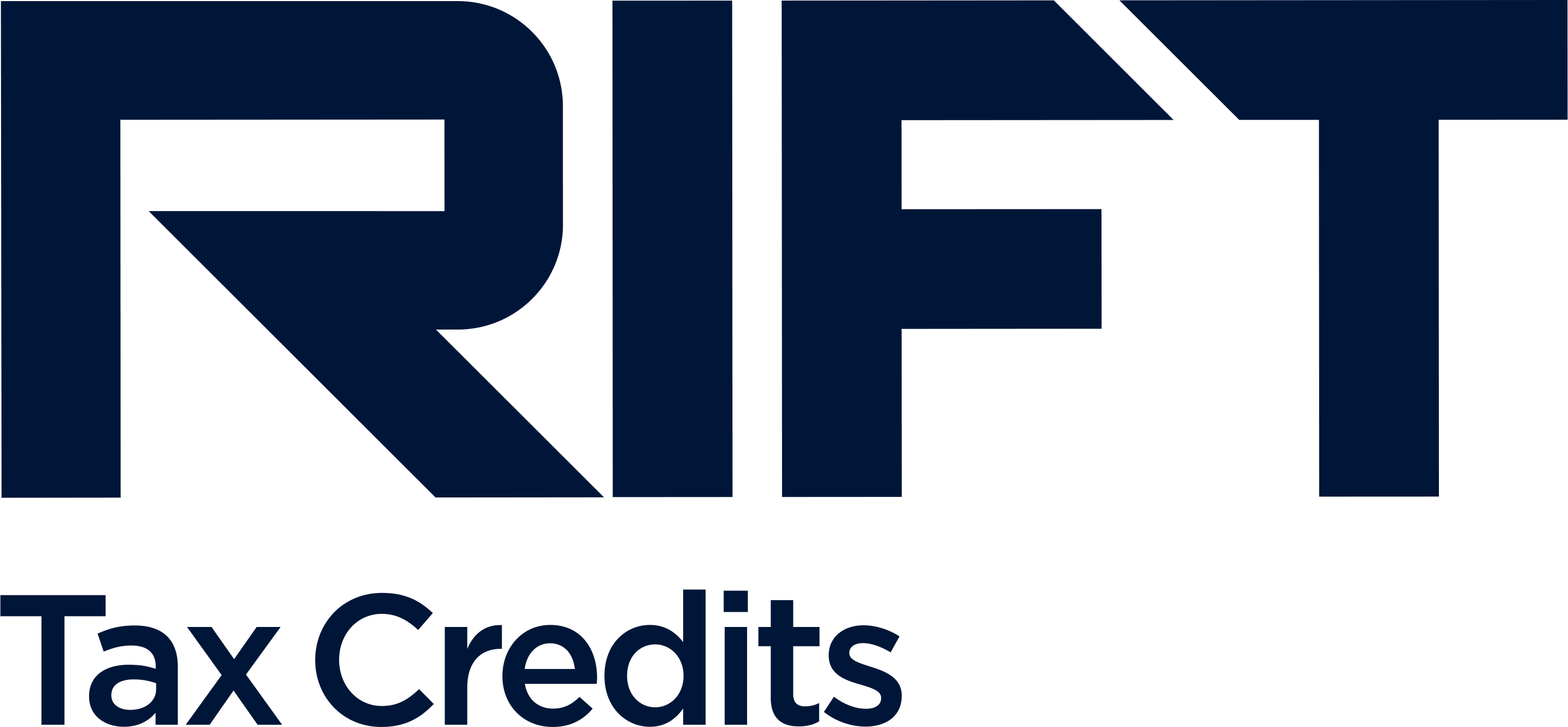With plenty of changes being rolled out to government loans and funding streams, HMRC have announced that the R&D scheme is being updated too. As we start 2021 with the wind in our sail, we look ahead to how these changes will be affecting the world of R&D.
Just like the rest of the world over the last 12 months, the R&D scheme is changing too. HMRC have announced some new updates for all claimants, accountants, and R&D service providers to be made aware of before they are implemented in April 2021.
Being annual attendees to the Research & Development Consultative Committee, we always have our finger on the R&D pulse. With some legislation being postponed from 2019 to 2021, and other guidelines being brought in hot off the press, here’s our summary to all the new changes which will come into play this year with HMRC:
R&D SME Tax Credit Cap
The most important change, and likely the one of most concern to businesses we speak to, is the SME tax credit cap.
At Budget 2018 the government announced that a cap set at 300% of a company’s PAYE/NIC liability would be applied to SME scheme payable tax credit claims.
The government consulted extensively since this announcement, with R&D specialists and SME’s raising concerns. After considering all the views put forward, the government has now confirmed that the PAYE cap will include the following features to minimise the impact on genuine businesses:
- A company making a small claim for payable credit below £20,000 will not be affected by the cap.
- A company will be able to include related party PAYE and NIC liabilities attributable to the R&D project when calculating the cap and these will be subject to the 300% multiplier.
- A company’s claim, of any size, will be uncapped if it meets two tests:
- That a company’s employees are creating, are preparing to create or are actively managing, intellectual property (IP).
- That a company’s expenditure on work subcontracted to, or externally provided workers provided by, a related party is less than 15% of its overall R&D expenditure.
It is important to note that the cap applies to tax credits only; a company can still offset the value of their R&D against the relevant year’s corporation tax liability or carry the resulting losses forwards to offset future corporation tax liabilities.
The cap will come into effect for all tax years starting on or after 1st April 2021. This means that it will impact claims for years ending 31st March 2022 onwards (unless companies shorten their year ends during 2021).
CTSA Supplementary Page (CT600L)
From the 1st April 2021, a new form will need to be filled in alongside the Company Tax Return (CT600) called the CT600L, which will be required for all R&D claims, whether they are SME or RDEC. Unlike the SME cap above, this will be implemented from 1st of April for all claims submitted, including retrospective financial years.
This has been introduced primarily to overcome some of the issues associated with the RDEC scheme, particularly in relation to HMRC’s electronic processing system ‘COTAX’ and the incorrect treatment of non-corporation tax related liabilities, but it will also assist with the new SME tax credit cap.
The CT600 must still be completed as normal. As many of the CT600L entries duplicate or reiterate this information, it is hoped that most software packages will automatically populate these.
With all these changes coming into force, RIFT have made sure that all our teams are aware of these new guidelines before they come into play on April 1st. Should you have a query about your claim, or how these new changes will impact your R&D submission, please contact the team on 01233 653008 or at info@riftresearch.com.

